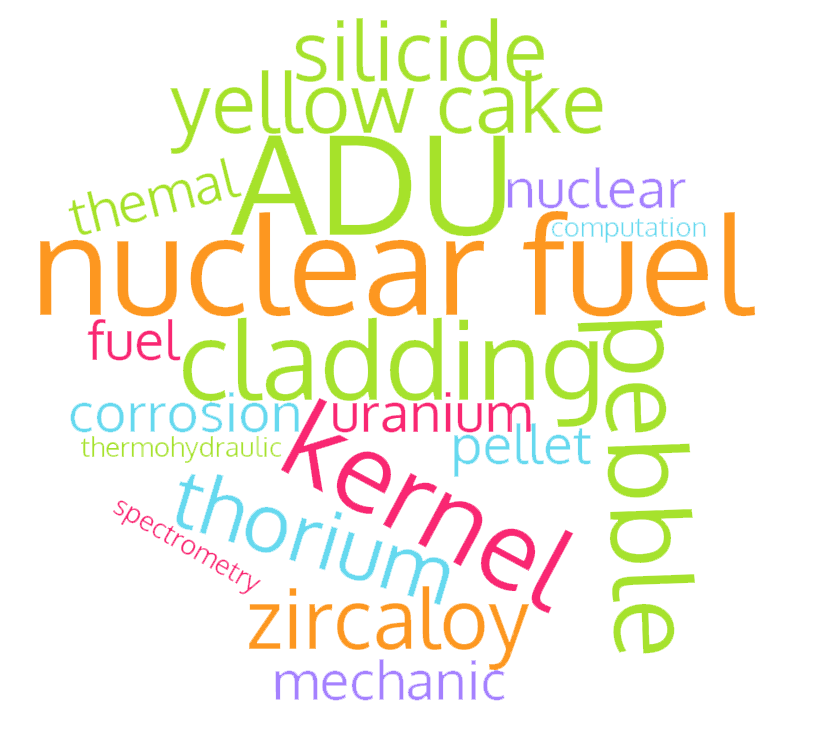PEMODELAN PERUBAHAN KONDUKTIVITAS PANAS PELAT TIPIS BAHAN-BAKAR DISPERSI U-Mo / Al SELAMA IRADIASI DALAM REAKTOR
DOI: http://dx.doi.org/10.17146/urania.2011.17.2.1102
Sari
PEMODELAN PERUBAHAN KONDUKTIVITAS PANAS PELAT TIPIS BAHAN-BAKAR DISPERSI U-Mo / AlSELAMA DIIRADIASI DALAM REAKTOR. Perubahan konduktivitas termal sistem dispersi padat-padat U-Mo / Al selama diiradiasi diakibatkan oleh perubahan, timbul-berkembang-susut, pori dalam partikel paduan dan pori matriks oleh pembentukan lapisan reaksi antarfasa serta perubahan temperatur. Model memperhitungkan perpindahan panas arah ketebalan pelat dan mengabaikan perpindahan arah lebar maupun panjang pelat. Model menggunakan parameter struktur, rapat dan dimensi partikel maupun rapat dan dimensi pori pada partikel, konduktivitas bahan penyusun, serta variabel temperatur. Sesuai dengan pengamatan mikrografi, distribusi spasial subsistem disperse dianggap homogen-merata. Konduktivitas panas menyeluruh dimodelkan sebagai kebalikan dari kombinasi tahanan parallel dan serial antara sub-sistem disperse dan matriks dengan masing-masing sub-sistem terdiri dari 2 jenis struktur dispersi. Model dibandingkan dengan data pengukuran konduktivitas panas pelat pra dan pasca iradiasi, menunjukkan kesesuaian yang baik.
Kata kunci : penghantaran panas, komposit matriks logam, pori, gelembung, dispersi.
THERMAL CONDUCTIVITY MODELING OF DISPERSIVE FUEL U-Mo/Al PLATE DURING IN-REACTOR SERVICE. Changes in thermal conductivity of solid-solid dispersion system of U-Mo / Al due to changes caused by growing-shrinkage of pores in the alloy particles and the matrix pore by interface reaction layer formation and temperature. Model takes into account the heat transfer plate thickness direction and ignore the displacement direction of the width and length of the plate. Model uses structural parameters, as well as the particle dimensions and the dimensions of pores in the particles, the conductivity of the constituent materials, as well as variable temperature. In accordance with the micro-graphical observations, the spatial distribution of subsystems are considered homogeneous. Overall thermal conductivity is modeled as the inverse of a combination of parallel and serial resistance between sub-systems and the dispersion matrix with each sub-system consists of two types of dispersion structures. Model compared with measured thermal conductivity data both pre- and post-irradiation, indicating a good fit.
Key words: thermal conductivity, metal matrix composites, pores, bubble, dispersion.
Teks Lengkap:
PDFRefbacks
- Saat ini tidak ada refbacks.
Penerbit: Pusat Riset Teknologi Daur Bahan Bakar Nuklir dan Limbah Radioaktif
Diindeks oleh:









